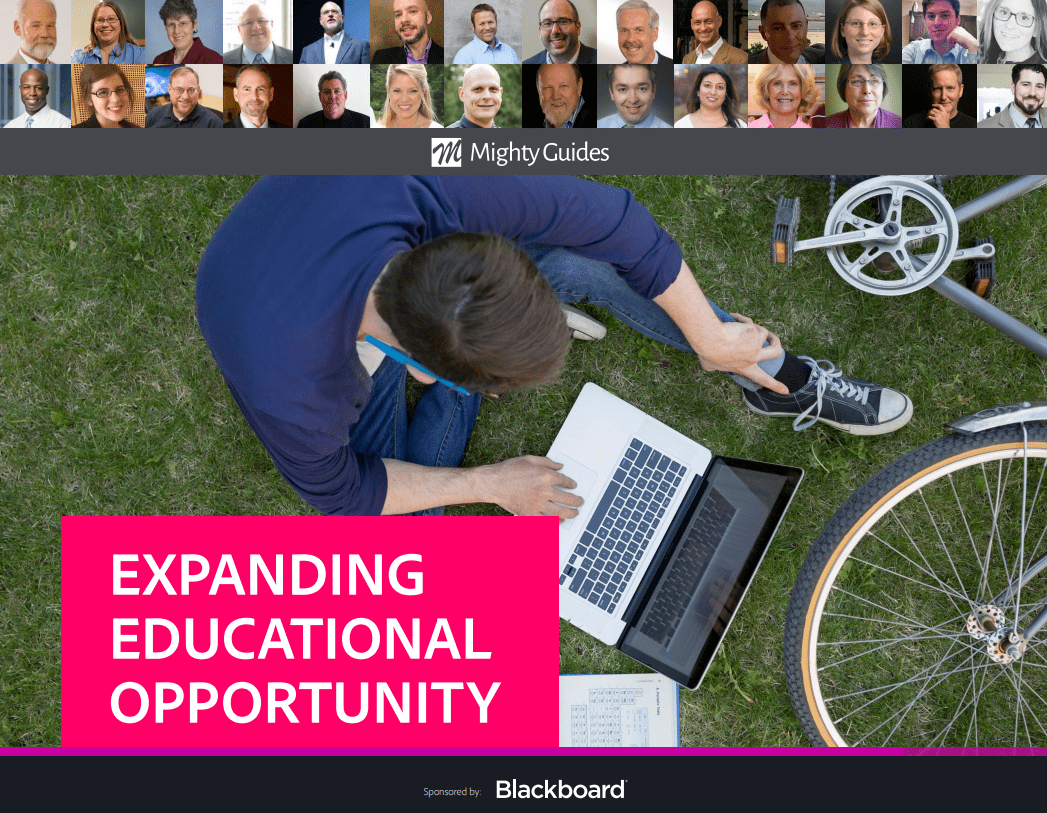
Dave Bolman, University of Advancing Technology, Provost
Agile Principles In Educational Technology
- The first phase of building access to education was getting learning online. Organizations should now focus on using technology to reach students wherever they are, regardless of their physical proximity to an institution.
- Don’t try to overthink educational access. Start with something small that will yield immediate results, and then use feedback from users to build deeper, wider solutions that meet their specific needs.
“The fact that technology isn’t something exclusive or difficult means that students leave a bachelor’s degree program with behaviors associated with master’s degree programs.”
“Think about how much technology has changed education,” says Dave Bolman, provost at the University of Advancing Technology (UAT). “What I think is exciting is that the first wave of the technology change led to online learning, and online learning was a separate space. That was a toe in the water to getting people to accept that there are different styles of learning, but key pieces were missing because these courses weren’t engaging.” Technology has shifted in terms of accessible education, according to Bolman. “It’s melting away so that learning spaces can be physical, face to face, real-time online, group, or asynchronous. It turns into a mélange of students being able to choose the kind of learning style that works for them in any single class.”



